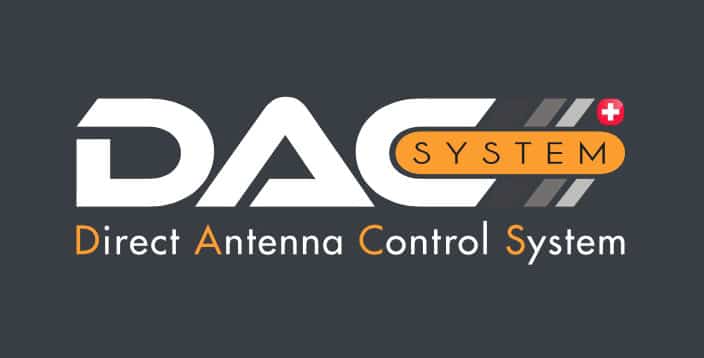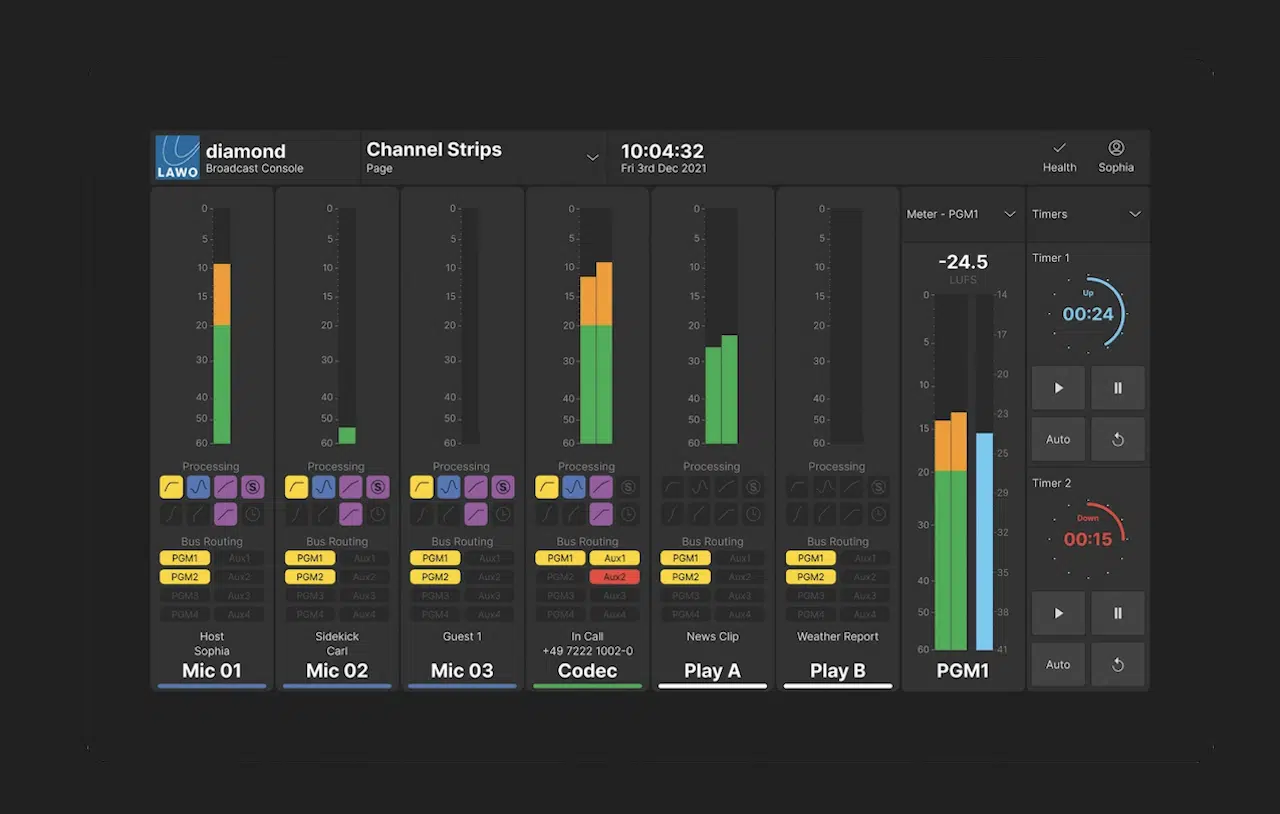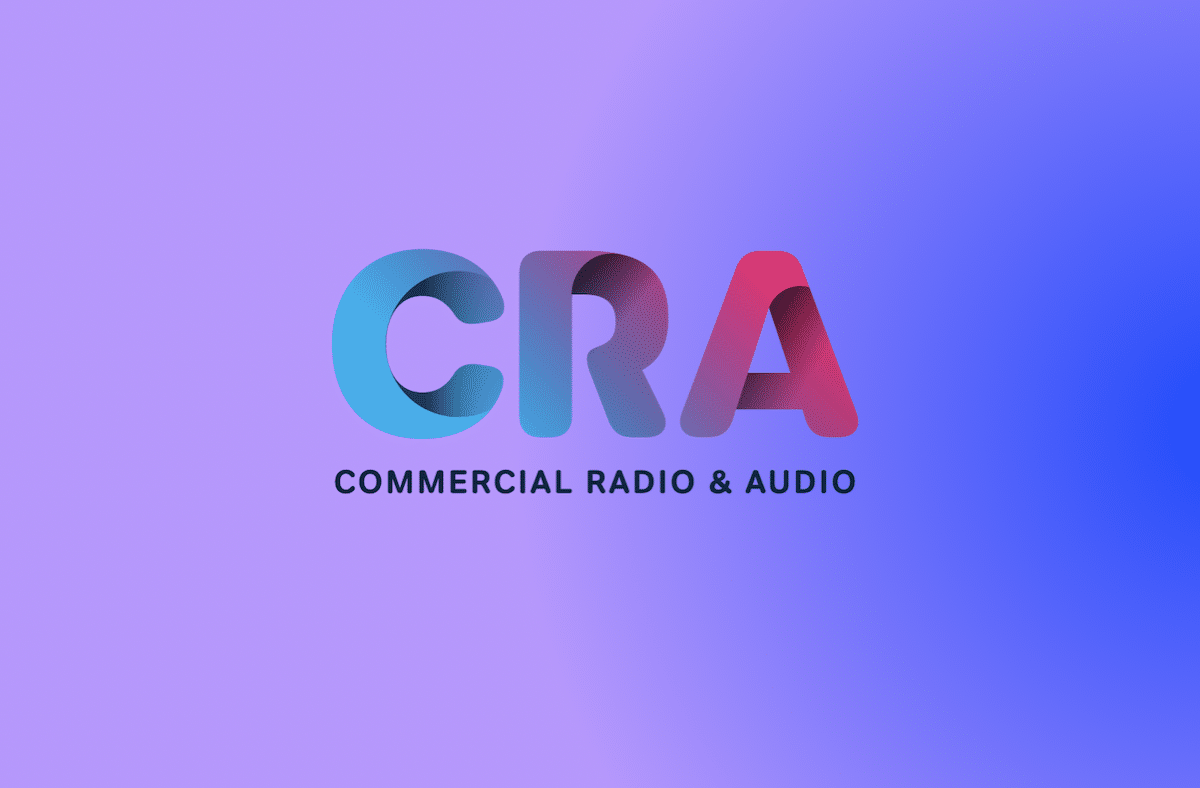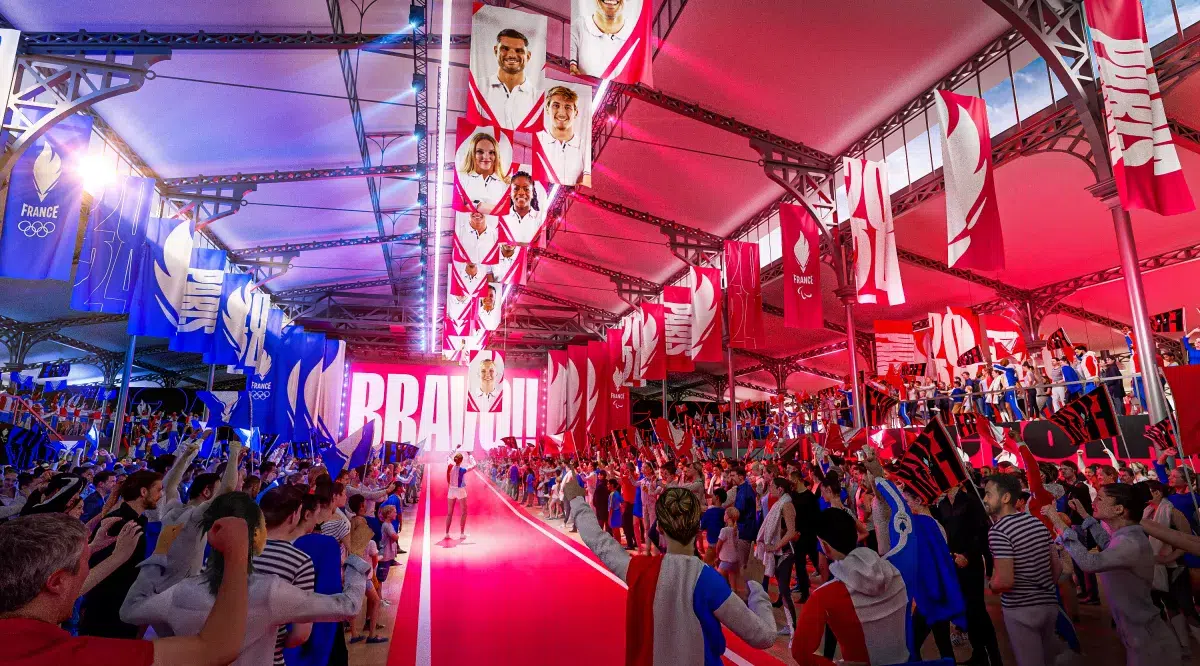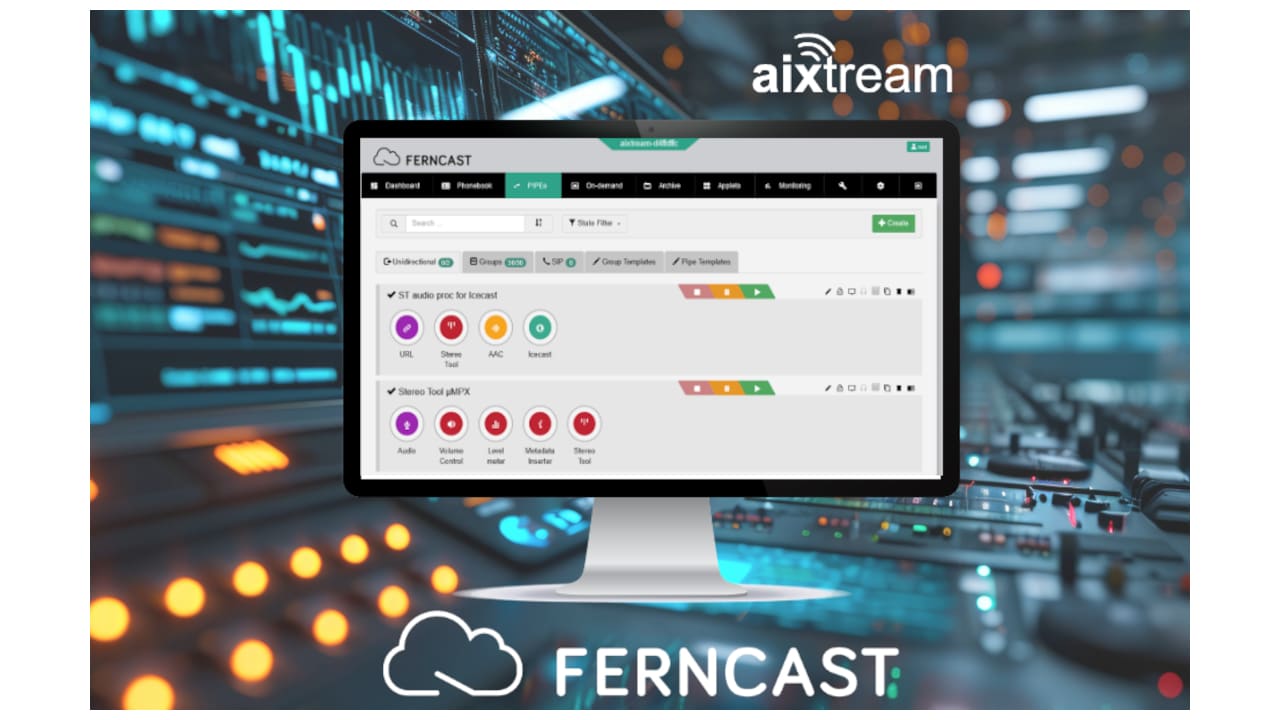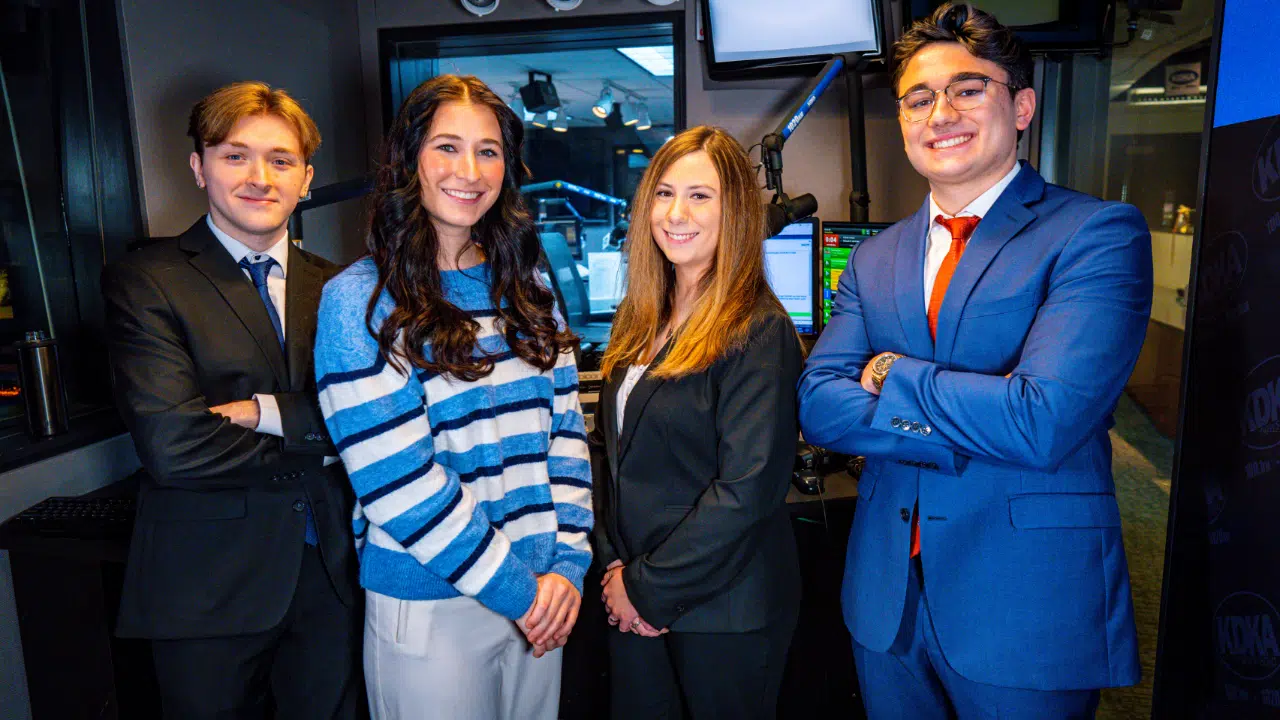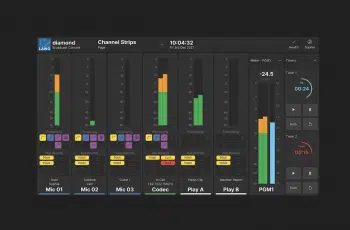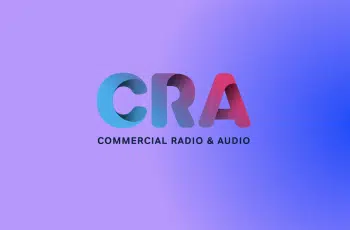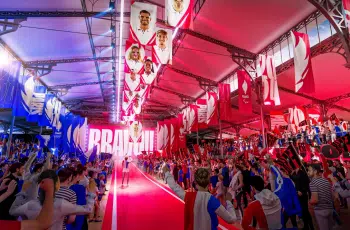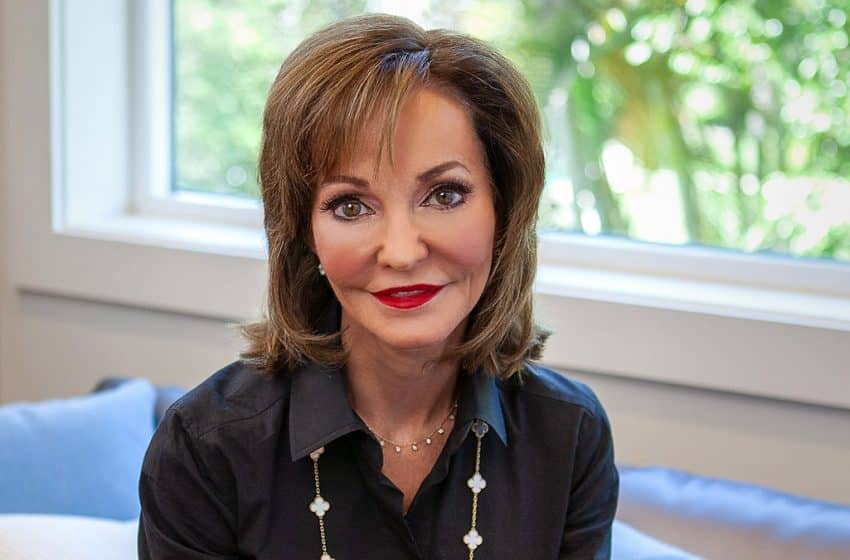
George Beasley built his first AM radio station more than 60 years ago while working as a high school principal in North Carolina, in the United States. Today, his daughter Caroline is CEO of the Beasley Media Group he founded. It is now a publicly traded company on the NASDAQ, with 61 radio stations in 14 large and medium-sized markets, including Boston, Philadelphia and Detroit. Beasley shares insight into how the group, which boasts over 1,000 employees across the U.S., expansive digital operations and an esports division, is cleverly managing its evolution and strategies.
RedTech: How competitive is the U.S. radio market, and how are you differentiating yourself to attract share of the audience?
Caroline Beasley: Compared with Europe, in the U.S., there are more radio stations within a given market. But today, we no longer consider the other radio stations our primary competitors. It’s big tech — Spotify, Facebook, YouTube and many others.
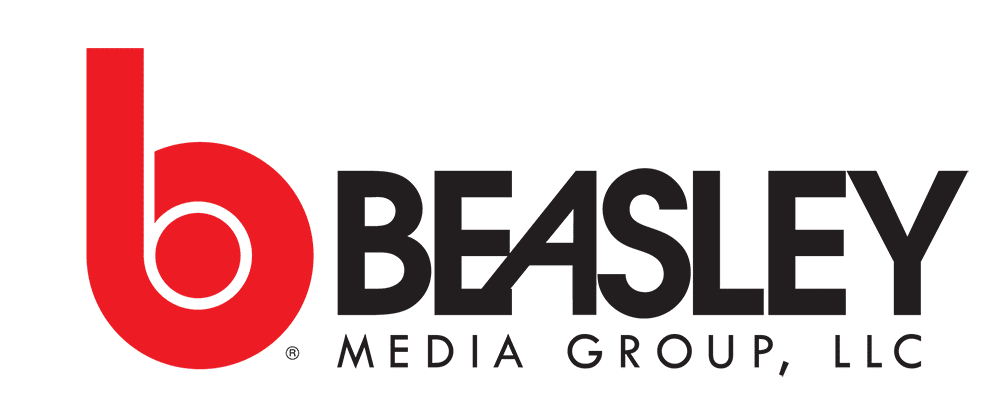
We’re competing for audience and revenue with all of these. Beasley’s strategy continues to be centered around local hiring and retaining the best local content creators who present highly compelling material on-air and online. In our three largest markets, we have the number one station. These include “The Sports Hub” in Boston, WMMR FM in Philadelphia and WRIF FM in Detroit. You can’t listen to one of these three stations or experience their digital content without feeling the vibe of the city they serve.
RedTech: How has the health crisis impacted your operations?
Beasley: It has shined a bright light on the incredible resilience of our employees as well as what we are all capable of when pushed to the limit. I could not be prouder of what we accomplished during such an unprecedented time. I believe we made the right choices while learning and evolving as a company. We were the first radio company in the United States to make the call to shift to a “work at home” mode when the pandemic initially hit, among the first companies to institute a vaccination policy and the first to have employees return to the office, in adherence of local, state and CDC required protocols. Most of our employees really welcomed the opportunity to return to the workplace to reconnect with each other in person.
From a business perspective, we saw an aggressive shift toward digital during COVID, which is something that we are even more focused on today throughout the company.
RedTech: What does post-COVID look like for Beasley and the radio broadcast industry in the U.S.?
Beasley: At Beasley, we are 100% out of the pandemic mode and moving forward. Like other responsible businesses, the safety of our employees and their families remains our top priority. In terms of serving our audiences, advertisers and local communities, we are full steam ahead.
As an industry, I think COVID made us all realize what we can do when we have no other choice.
RedTech: Online audio, both streaming and on-demand, is booming. How is Beasley sustaining its audience loyalty and advertising support as competition from other platforms intensifies?
We see digital eventually leading our traditional radio business across our operations.
Beasley: Beasley’s digital content is booming! Our unique users on our digital platforms are up 77% since 2019. Last year, well over 50 million people consumed content on our digital platforms alone. Our strategy has three legs: audio, video and written editorial content. And of course, we leverage social media, search engine techniques and our radio brands to promote it. The key for us is our beloved on-air personalities creating local content in their voice. We see digital eventually leading our traditional radio business across our operations.
RedTech: How are you reimagining your radio stations to grow your share of TSL?
Beasley: Traditional radio listening has declined, but we are back at pre-COVID levels in total audience. It has just shifted from traditional to digital. Our brands are no longer just radio stations; they are content brands delivering a variety of content types over many different platforms. Our audience is engaging with our brands in so many ways now. Of course, they are listening, but now they are watching our videos, reading our articles, consuming on-demand podcasts, etc. As a result, our overall combined traditional and digital listening has increased.
RedTech: What role does technology and software play in your business to help you grow or cut costs?
Beasley: If it’s the right software, it should help grow our business and create efficiencies. Our team is constantly meeting with a variety of technology and software vendors to learn how to best deliver the content our audiences love via the platforms they want. That includes everything from automation to streaming to web presence. Depending on the systems, it either helps grow revenue or helps to automate processes across our platforms.
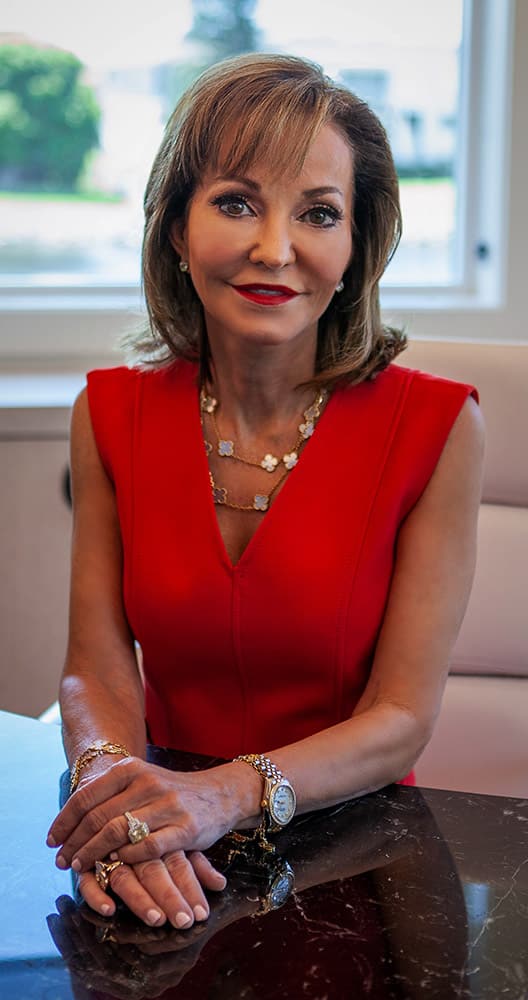
RedTech: If you had no budgetary constraints, what would you do at Beasley to ensure a thriving future for the business?
Beasley: We have amazing brands with top-notch content. And if there were no budget constraints, we would invest more in digital and the metaverse and marketing our brands to keep them top of mind. Thankfully, we have teams of incredibly creative people across the company constantly looking for and creating “out of the box” opportunities to keep our brands front and center across our markets.
RedTech: Is there a future for music radio when confronted by Spotify and other music streaming services and OTT players?
Beasley: Yes, we believe there is a future for the type of content we do on the radio — locally curated music mixed with a known personality to provide engaging entertainment, local information and companionship. Real-time and authentic interaction with audiences is also incredibly important.
RedTech: What is the attitude of advertisers in the U.S. to radio as a medium? How do advertisers know they are getting results with their radio advertising?
Beasley: A majority of advertisers are committed to radio as a medium. They recognize the importance and need to diversify their media mix. Digital is ideal for driving bottom-of-the-funnel decisions, but more and more brands recognize that radio’s reach drives top-of-the-funnel awareness, leading to both brand and sales results.
Digital is ideal for driving bottom-of-the-funnel decisions, but more and more brands recognize that radio’s reach drives top-of-the-funnel awareness, leading to both brand and sales results.
RedTech: How is Beasley responding to the scrutiny that media companies are under from governments and regulators about data privacy?
Beasley: We are thoughtfully approaching how we respect privacy while using data to deliver compelling and unique experiences to our audiences. Since changes are taking place with cookies, attention to our first-party data is a huge priority for us and the industry. As with everything we do, our focus is on putting the consumer and the communities we serve first. To support this, we have an IT Security Department that works with our legal department to ensure we comply with the many federal and state regulations.
RedTech: Is your network using the cloud to manage its operations, or is most of the content and information held on-site? How are you protecting your IT operations from a cybersecurity angle?
Beasley: Our company has a hybrid environment with systems and processes throughout the company and in the cloud. We’ve made major investments in multi-layered protection technology, including various backup systems that are in place both on-premises and in the cloud.
RedTech: What other major trends are impacting the radio industry?
Beasley: By nature, radio is “broad” casting focused on delivering mass appeal content. But the trend today is going more niche — to super-serve smaller groups of consumers with content they are passionate about. As with all trends, our teams are looking at how to best deliver quality audio, video and written material to both the mass audiences on our traditional platforms, while also growing audiences in various focused content verticals. Digital is a major priority for our company and is very complimentary (and necessary) to/for radio.
We are also looking at the metaverse and other opportunities that complement our core business. Overall, we are very excited about what the future holds!


